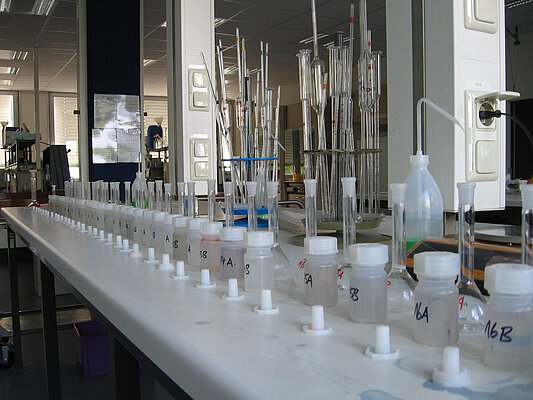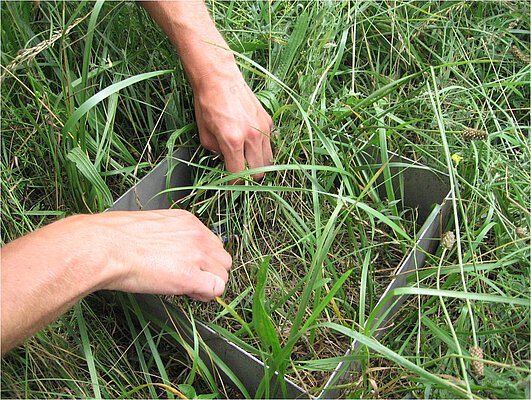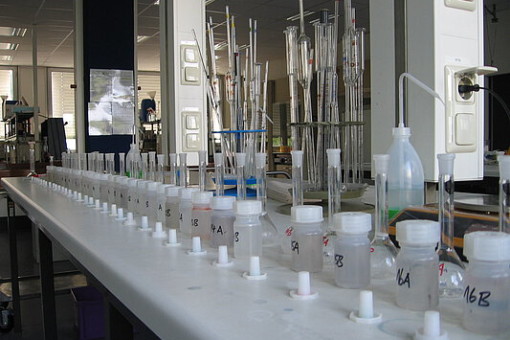Relating nutrient concentrations, fibre contents and isotopic signals of grassland biomass to biodiversity patterns, ecosystem processes and land-use intensity using multi-temporal data generated with near infrared spectroscopy (NIRS)
The working group Ecosystem Research (Institute of Landscape Ecology, University of Münster) participates as the contributing project BioComp in the Biodiversity Exploratories. BioComp investigates the temporal and spatial variation in compositional features of grassland community biomass and relates the observed patterns to land use, diversity patterns and ecosystem processes.
H1. Biomass delta-15N is positively related to current and former land-use intensity, whereas there is no such relationship in delta-13C.
H2. Biomass delta-15N is negatively related to plant species richness and becomes increasingly depleted as foliar P levels decrease; biomass delta-13C is not related to plant species richness.
H3. Nutrient concentrations as well as delta-15N and delta-13C in community biomass reflect current year weather conditions.
H4. Interannual variation in the isotopic signal and tissue nutrient concentrations is lower in species-rich than in species-poor grasslands.
The assessment of biomass production and the chemical composition of grassland canopies is of crucial importance for the disentangling of biodiversity patterns. Generally, such essential data are rarely available for a high number of spatial and temporal replications. In the previous phase (2009-2011), we established the near infrared spectroscopy (NIRS) technique to provide such data in a very efficient and cost effective way. Existing calibration models include the carbon concentration and the main plant nutrients (N, P, K, Ca, Mg) as well as various fractions of fibre such as neutral detergent fibre (NDF), acid detergent fibre (ADF) and lignin (ADL). In the current phase we will make use of these calibrations and will add prediction models of biomass delta-15N and delta-13C. As all these calibrations can be applied to existing spectra as well as to spectra newly recorded, BioComp will generate a unique five year data set of various compositional features of aboveground biomass of the 150 experimental grassland plots. Besides our own research questions, the elaborated calibration models can be used by other projects for the quick and cheap assessment of the chemical composition of biomass as well as the nitrogen and carbon isotopic signal, which will offer multiple possibilities for synergetic data analyses.












